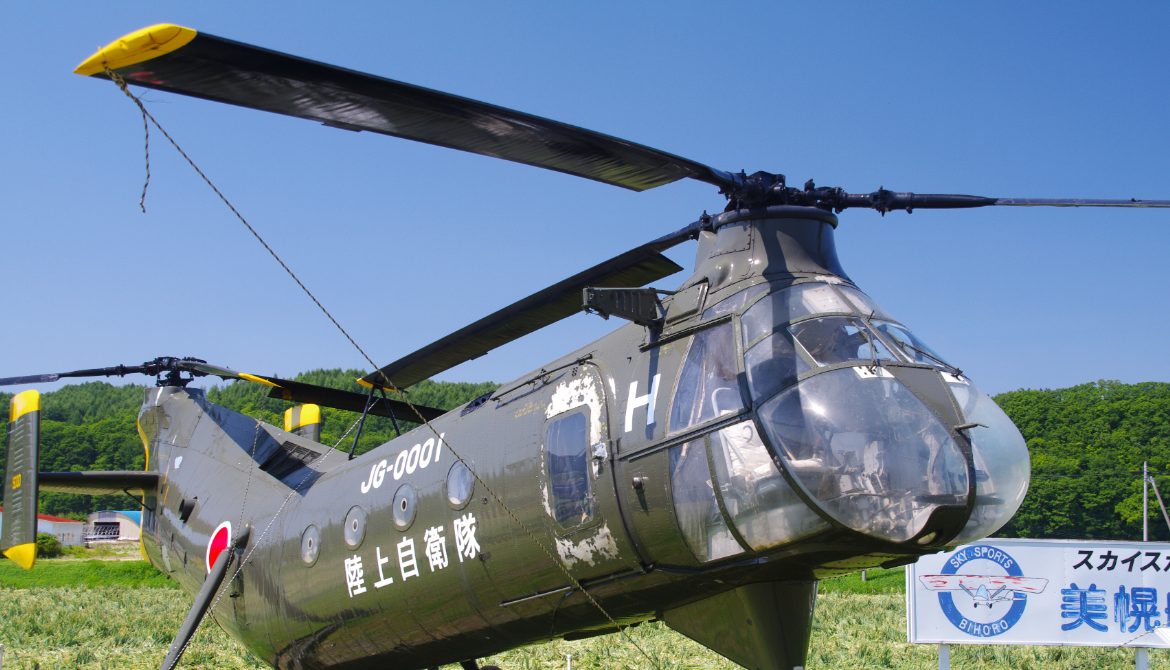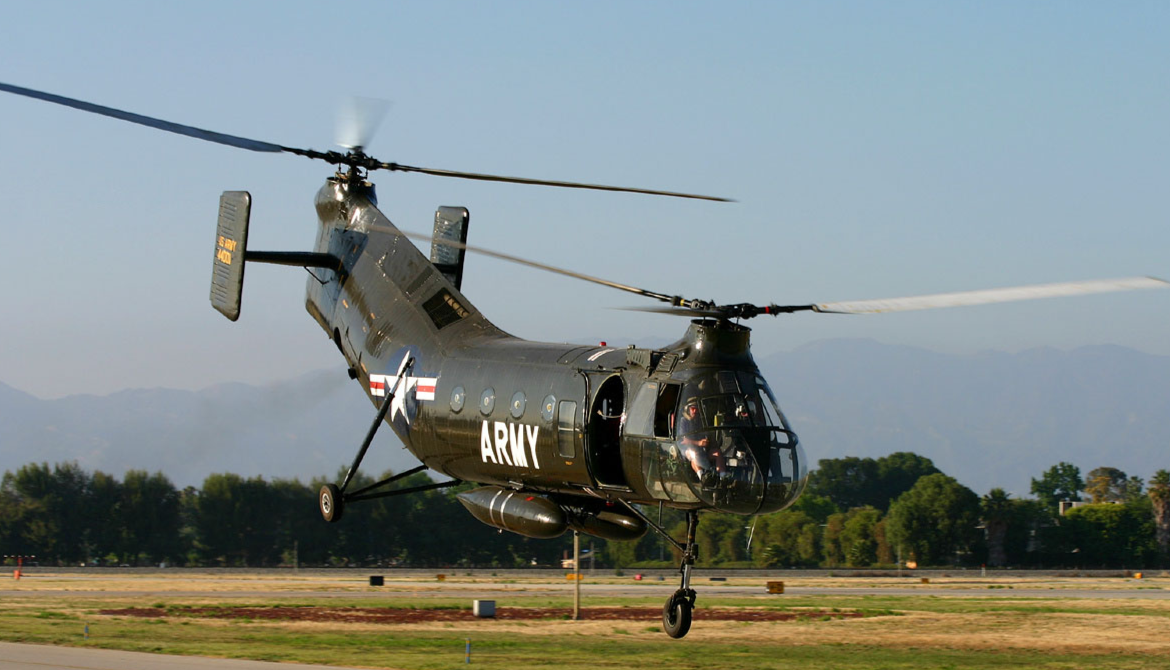
Heading 3
Embraer S.A. Wikipedia link
The Piasecki Helicopter Corporation was founded in 1940 by Frank Piasecki and fellow aeronautics student Harold Venzie as the P-V
Amazing Amazing Unmanned Systems
Piasecki Helicopter Corporation designed and manufactured helicopters in Philadelphia and nearby Morton, Pennsylvania, in the late 1940s and the 1950s. Its founder, Frank Piasecki, was ousted in 1956 and started a new company, Piasecki Aircraft. Piasecki Helicopter was renamed Vertol Corporation in 1956.
Piasecki helicopters
With the successful demonstration of the PV-2, Piasecki convinced the United States Navy to fund the development of a follow-on prototype, signing a contract on January 1, 1944;[6] this marked the start of the design and sale of a series of tandem rotor helicopters to the Navy. The resulting PV-3 became the world's first successful tandem rotor design. The PV-3 first flew on March 7, 1945 and bore the Navy designation XHRP-X; it was larger and capable of lifting more than the contemporary Sikorsky designs
Founded 1940
 |
|||||||||||||||||
.
|
|||||||||||||||||
|
|
|||||||||||||||||
|---|---|---|---|---|---|---|---|---|---|---|---|---|---|---|---|---|---|
Acquisition by Boeing
Acquisition by Boeing.
In 1956, Vertol began developing a successor to the HUP with improved lift capacity by using turboshaft engines. The project was designated Vertol Model 107 (V-107), and a prototype first flew on April 22, 1958. Impressed, the Army awarded a contract for ten production aircraft (then designated YHC-1A) in June and later asked Vertol in March 1959 to produce a larger version, which was designated V-114. With the pressure to produce two relatively new designs, Vertol again ran into financial pressure[10] and was acquired by Boeing on March 30, 1960, who renamed it Boeing Vertol. It became the Boeing Helicopter Division in 1987.
Products
Model name First flight Number built Type
Piasecki PV-2 1943 1 Single rotor piston engine helicopter
Piasecki PV-3 1945 28 Tandem rotor piston engine helicopter
Piasecki PV-15 1953 2 Tandem rotor turbine engine helicopter
Piasecki PV-18 1948 339 Tandem rotor piston engine helicopter
Piasecki PV-22 1952 707 Tandem rotor piston engine helicopter
Vertol VZ-2 1957 1 Twin engine experimental tiltwing aircraft
Photo Gallery
Piasecki H-21 Workhorse/Shawnee
Baykar Kazylelma
British European Airways Corporation, was a British airline from 1946 until 1974.

Boeing MQ-25 Stingray
The Vickers VC10 is a mid-sized, narrow-body long-range British jet airliner.

Atomics MQ-9 Reaper
Lorem ipsum dolor sit amet, consectetur adipiscing elit. Nullam vitae congue tortor.

Atomics MQ-9 Avenger
Lorem ipsum dolor sit amet, consectetur adipiscing elit. Nullam vitae congue tortor.

Lockheed RQ-170 Sentinel
Lorem ipsum dolor sit amet, consectetur adipiscing elit. Nullam vitae congue tortor.

Northrop RQ-4 Global Hawk
Lorem ipsum dolor sit amet, consectetur<br> adipiscing elit. Nullam vitae congue



Piasecki H-21 Workhorse/Shawnee
General characteristics
- Crew: 3–5 (Pilot, co-pilot, crew chief and one or two gunners in Vietnam)
- Capacity: ** 20 troops or
- 12 stretchers
- Length: 52 ft 6 in (16.00 m)
- Height: 15 ft 9 in (4.80 m)
- Empty weight: 8,950 lb (4,060 kg)
Powerplant
- Gross weight: (6,895 kg)
- Powerplant: 1 × Wright R-1820-103 Cyclone 9-cylinder air-cooled radial piston engine, 1,425 hp (1,063 kW)
- Main rotor diameter: (13.41 m)
- Main rotor area: 3,041 sq ft (282.5 m2) Blade section: - NACA 0012
Specifications
- Maximum speed: (204 km/h,
- Cruise speed: (158 km/h, 85 kn)
- Range: 265 mi (426 km, 230 nmi)
- Service ceiling: 9,450 ft (2,880 m)
- Disk loading: 5 lb/sq ft (24 kg/m2)
- Power/mass: 0.09 hp/lb (0.15 kW/kg)
Related development
-
Related development
-



